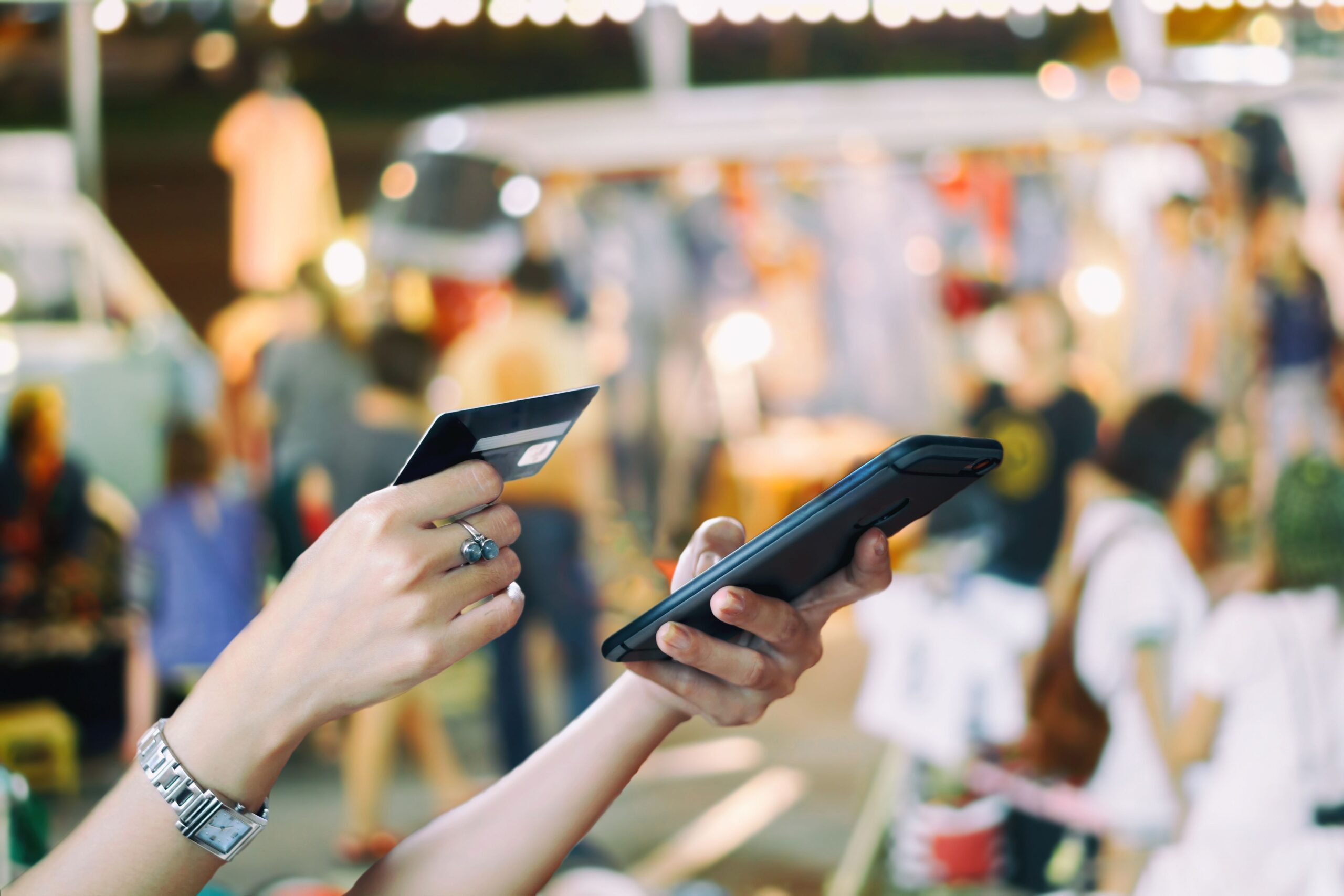These days, there are almost as many top-up channels and payment methods as there are phone plans. But, as a wireless telecom operator, you need to know which payment methods best meet the needs of your prepaid phone customers and—at the same time—reduce customer churn.
Let’s take a quick look at the top-up channels currently available and then zoom in on the two options and their payment methods that will help boost customer satisfaction and your customer base.
The top-up channels with downsides for both customer and operator
Most major mobile operators have top-up cards and vouchers on sale in third-party outlets, notably supermarkets, post offices and newsagents. These are as easy to buy as a magazine or a loaf of bread (although I can’t remember the last time I needed to enter a 13-digit code before reading my favourite publication or making a sandwich).
Some mobile operators, realising that not all folks like messing about with receipts and impossibly long codes, provide E top-up cards with every SIM pack or new phone. Once registered, they’re used at a sales outlet in conjunction with cash or a payment card to add credit.
For those that don’t want another card in their bulging wallet, there’s the option to call or text (once they’ve registered their debit or credit card with their provider).
Some countries have developed their own top-up channels. In the UK, for example, prepaid customers of all major mobile phone operators can top up at certain ATMs as long as they have a debit card with a major UK bank.
Unfortunately, all these top-up channels have two major downsides. From a wireless telecom operator’s perspective, there’s no chance to communicate with the customer, let alone cross-sell or upsell. The opportunity to establish a relationship is missing. The transaction is made at the till or ATM and the customer then walks away.
From the customer’s perspective, there’s too much payment friction. Apart from the obvious risk of losing the card or voucher before the top-up is done, there’s the inconvenience of finding a store or ATM that provides a top-up service (tricky in rural or small-town communities), and making either a special trip to top up or remembering to put ‘top up card’ on the shopping list for the next visit to the supermarket.
Texting is admittedly more convenient because it’s fast, it can be done anywhere, and it doesn’t require a smartphone. However, it offers limited bi-directional conversation and it really doesn’t grab the imagination of smartphone users (which is the majority of your customers).
Don’t get me wrong. All these top-up channels have their benefits.
But, let’s face it…
They really do deliver a less-than-satisfying customer experience.
What the modern consumer expects from your company
So, what does constitute a satisfying customer experience nowadays? Well, consumers, in general, are much more demanding and a lot less patient than they used to be. This means your prepaid customers don’t want the hassle of going out in bad weather or late at night when they’re about to run out of credit. They’d rather walk to their desktop or reach for their phone (and stay warm and dry).
This embracing of m-commerce is backed up by many reports. For example, in Q2 2016, On Device Research questioned nearly 6,000 mobile media users in nine countries (Brazil, China, France, Germany, India, Nigeria, South Africa, UK and US) for the Mobile Money Report. It found that 78% of people surveyed had made a purchase with a mobile device in the previous six months, suggesting that only technophobes are still prepared to go to the store for a top-up card…
Sure, some customers, especially among the older generations, are still hesitant about buying physical or digital goods over the Internet. But, if you’re a brand they trust (and if they have one of your prepaid plans that’s a pretty safe bet), most consumers are confident enough to give their payment details over the Internet.
Which brings us to the two top-up channels that will help you as a wireless telecom operator retain existing prepaid customers and attract new ones: a branded customer portal and mobile app.
Online top-up delivers much more than instant credit
If you want to deliver an improved and enhanced customer experience in the prepaid sector, you’ve got to offer online top-up facilities, personalised content, and a choice of local and global payment methods.
Whether it’s via a customer portal on your own website or a branded app on a smartphone, customers love the convenience of 24/7 self-service. It takes just a single log-in to perform all their key tasks, including instant and automatic topping up, viewing their transaction history, checking their balance, updating their own profile, or changing their prepaid plan.
While they’re there, they can post a question in the discussion forum, give feedback on your products or request a live chat. And you can deliver fresh, relevant and exclusive content that is based on their profile and usage. The more engaged customers are with your brand, the more likely they are to trust you and stick with you.
But it’s no good giving your prepaid customers all this great content if you’re going to force them to top up using just one payment method.
You’ve got to give them a choice. And you’ve got to think global and local.
Give prepaid customers plenty of payment choice
Currently, the best global payment options to offer online are credit card and PayPal. According to the Capgemini and BNP Paribas World Payments Report 2017, 42% of online shoppers still prefer paying with a credit card (Visa and MasterCard being the two most popular brands). Electronic payment methods such as PayPal come second, with 39% using one of those methods.
Worried about credit card fees? The benefits far outweigh the costs. If you don’t offer your customers payment by credit card, you’re eliminating a huge number of your customers.
PayPal, the most popular mobile payment method in North America, processed more than 6.1 billion payments in 2016. If you don’t offer PayPal, you’re denying a huge number of people the opportunity to use their preferred payment method.
Credit card and PayPal can also be used for automatic top ups. Operators in Europe can also offer the SEPA direct debit.
Alongside these global options, you need to offer the most common payment schemes for your region, like domestic bank credit and debit cards. In the UK, for instance, debit cards are hugely popular (in fact, globally, they’re the third most popular method of payment, with 28% of online shoppers preferring to pay with a debit card).
In the Netherlands, where paying by credit card is less common, the national iDeal payment service is used by a whopping 84% of online shoppers. In Poland, bank transfer is the most popular payment method, according to the 2017 Barometer E-shopper report by DPD Group.
Alternative payment methods (APMs) are quickly becoming the online shopper’s favourite payment method, and offering these in conjunction with PayPal and credit card via your website or app will enable you to reach new customers and reduce online cart abandonment.
And that will give your top line a helping hand.
About the author

Alper Altan – Reload Services
Business Development Manager
I’m Alper Altan, Business Development Manager at Mi-Pay. I make sure that Mi-Pay maximizes profit on existing customers as well as new business.


